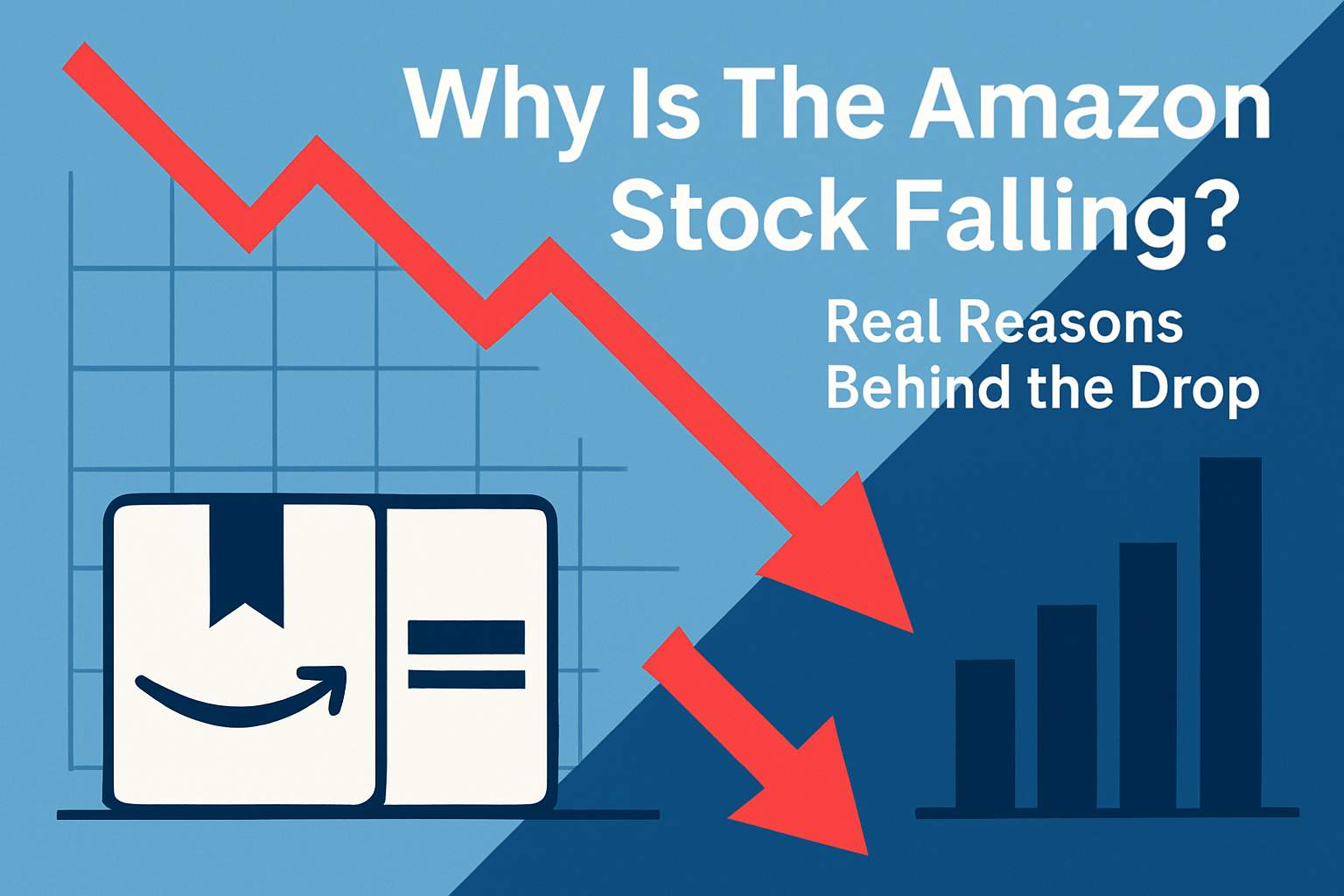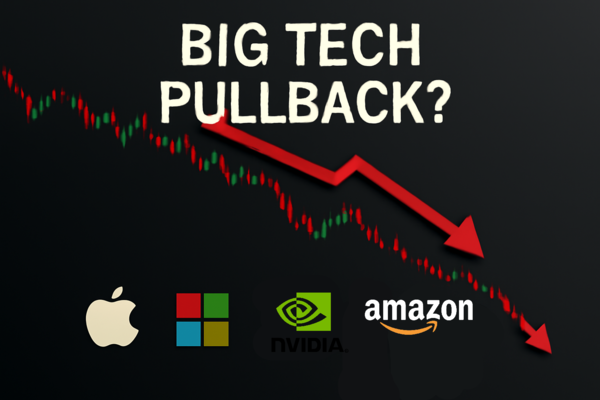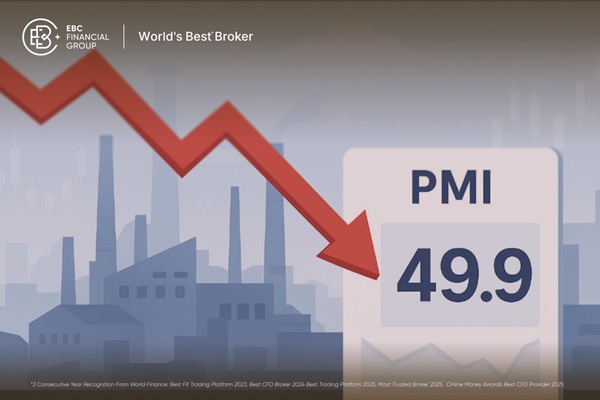Amazon's 2025 Key Financial Performance
Net Sales: $167.7 billion in Q2 2025. up 13% year-over-year
Operating Income: $19.2 billion, up 30.6% year-over-year
Free Cash Flow: $18.2 billion (trailing twelve months), down from $53.0 billion last year, mainly due to higher capital expenditures
AWS Revenue: $30.9 billion, up 17.5% year-over-year
AWS Operating Margin: 32.9%, down from 39.5% in the previous quarter[1]
Is Amazon a Good Stock to Buy?
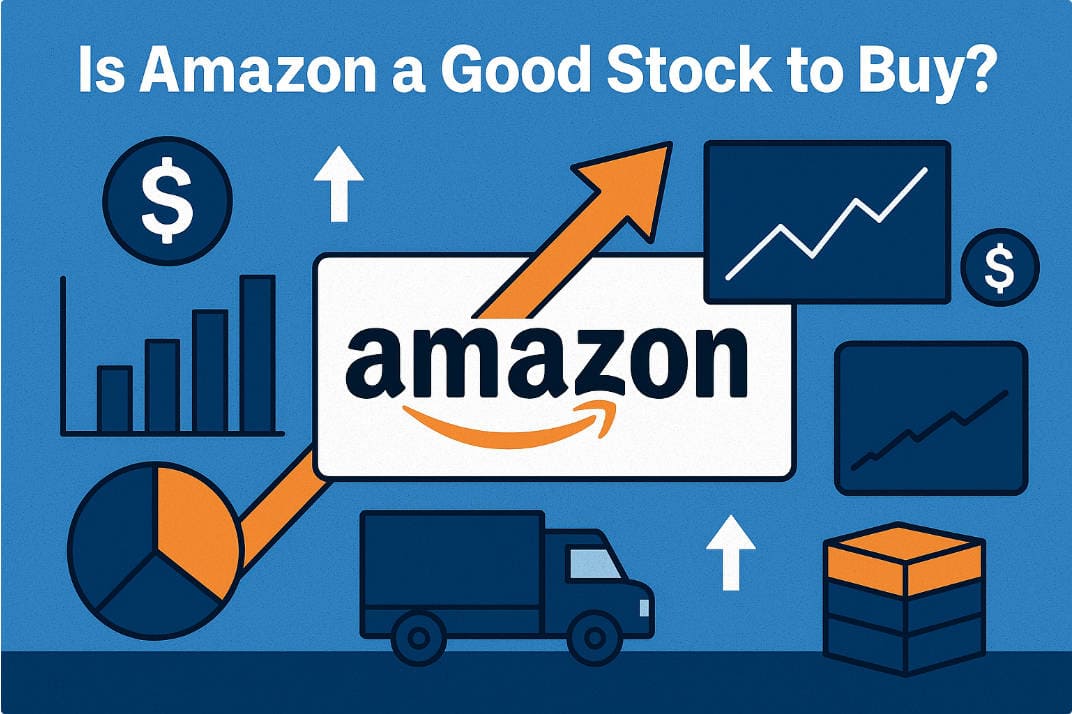
Amazon remains a compelling long-term buy for investors who prioritise growth and technological leadership, driven by the dominance of AWS and emerging AI applications.
While near-term market volatility and valuation pressures warrant caution, the company's multi-segment model and innovation pipeline provide a resilient foundation.
Below, we break down Amazon's business model, financial performance, growth catalysts, risks, valuation, market sentiment, and practical strategies for potential investors.
What underpins Amazon's earnings power
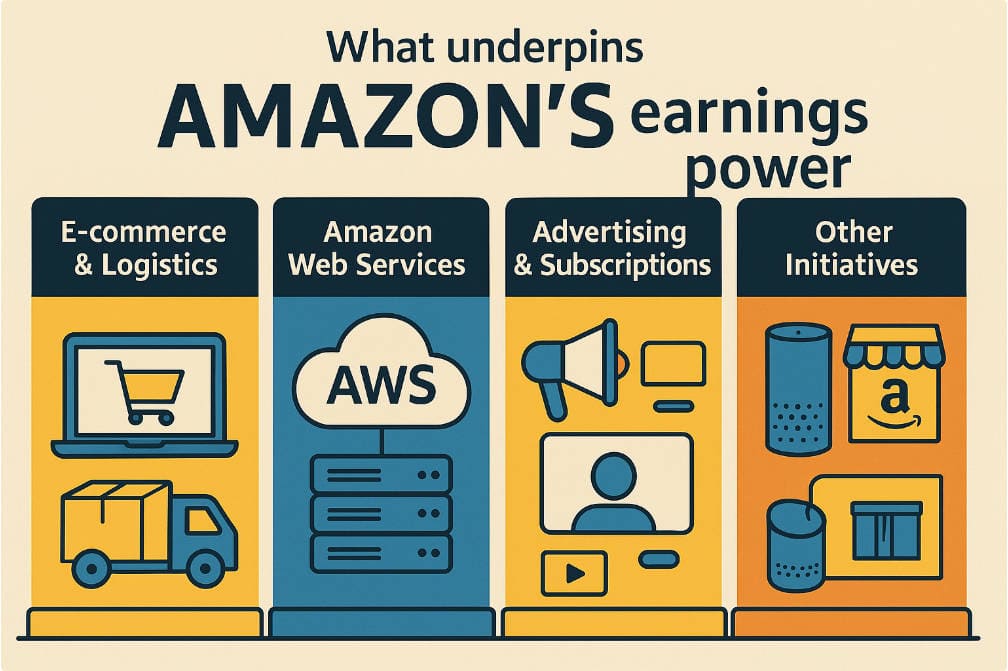
Amazon's revenue is generated across several distinct but complementary pillars:
E-commerce & Logistics: retail sales (first- and third-party), Marketplace fees and fulfilment/transportation. Amazon's logistics scale gives it speed and control in retail execution.
Amazon Web Services (AWS): cloud infrastructure and platform services; historically the company's highest-margin business.
Advertising & Subscriptions: digital advertising, Prime subscription fees, and media services — a growing, high-margin revenue stream.
Other Initiatives: devices (Echo), physical retail, and specialised business lines that can act as optionality for future growth.
This multi-pillar model reduces concentration risk and allows Amazon to cross-leverage technology and logistics across segments. Recent strategic emphasis — notably on AI integration across AWS and retail operations — is shaping the medium-term outlook.
Investment merits — reasons to consider Amazon as a buy
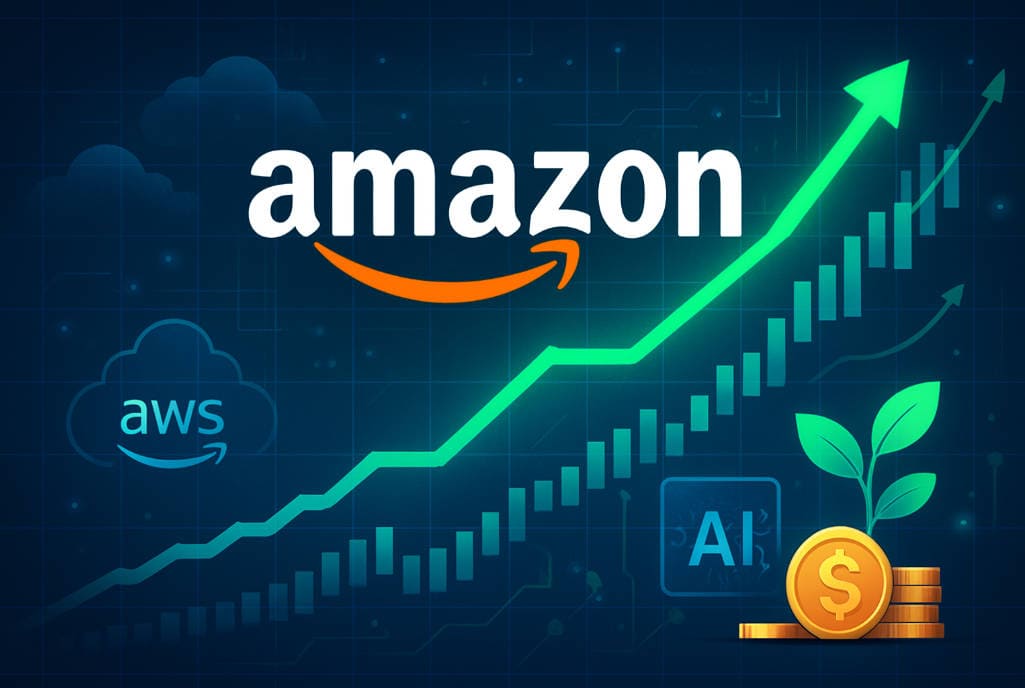
1. AWS leadership and durable margin contribution
AWS remains an industry leader in IaaS/PaaS and continues to command higher operating margins than the e-commerce business.
Scale benefits, an expanding services catalogue and AI infrastructure demand position AWS as a structural profit engine.
Recent data shows AWS revenue growth remains healthy and it contributes the lion's share of Amazon's operating income.
2. Rapidly expanding advertising business with high margins
Amazon's ad business benefits from first-party shopping data and placement in the retail funnel. Advertising is high-margin and scales faster than physical retail, enhancing overall corporate profitability.
3. Network effects and logistics moat in e-commerce
Amazon's fulfilment footprint and Prime ecosystem increase customer retention and raise the barriers to entry for challengers, particularly in markets where two-day (or faster) delivery is a differentiator.
4. AI and product optionality — new growth levers
AI integration across AWS offerings, customer experience and operational automation is a recurring theme among analysts. If AI adoption drives higher cloud spend or conversion gains in retail/advertising, upside can be significant.
5. Attractive analyst-implied upside from current price levels
Across recent analyst price targets, the median/consensus one-year target implies meaningful upside from mid-October 2025 trading levels — reflecting expectations of resumed earnings acceleration or multiple expansion. (Analyst targets vary; the consensus range implies roughly 20–25% upside in many aggregated estimates.)
Key risks and counterarguments — why Amazon might not be a buy today
1. Valuation risk and market expectations
Amazon's valuation already discounts a significant amount of expected future growth. Should AWS growth slow or advertising monetisation disappoint, multiples could compress.
2. Intensifying competition in cloud and AI infrastructure
Microsoft Azure and Google Cloud are sizeable competitors; price competition, customer wins/losses and product feature parity are meaningful threats to AWS growth.
3. Regulatory and antitrust pressure
Global regulatory scrutiny — especially on marketplace fairness, data use and competition — can increase compliance costs or force business changes that dent profitability.
4. Macroeconomic and consumer demand sensitivity
Retail revenues are cyclical and sensitive to consumer spending patterns, which could pressure overall growth if the macro environment weakens.
5. Execution risk on new initiatives and capex demands
Investments in logistics, AI infrastructure and new product lines require capital and consistent execution; missteps can reduce returns on invested capital.
Amazon Investment Merits vs Risks
| Theme |
Merits (Why Buy?) |
Risks (Why Not Buy?) |
| Cloud & AI |
AWS is a market leader with high margins; AI integration drives growth |
Strong competition from Azure & Google Cloud may limit growth |
| Advertising |
High-margin, data-driven ad business scales faster than retail |
Valuation already reflects growth; underperformance may hurt multiples |
| E-commerce & Logistics |
Prime + fulfilment network retains customers and blocks competitors |
Retail sales sensitive to macro trends and consumer spending |
| Growth Optionality |
AI and new products could unlock additional revenue |
Execution and capital-intensive projects may underperform |
| Market Perspective |
Analyst targets suggest ~20–25% upside |
Regulatory and antitrust pressures could raise costs or constrain operations |
Valuation analysis — is Amazon fairly priced today?
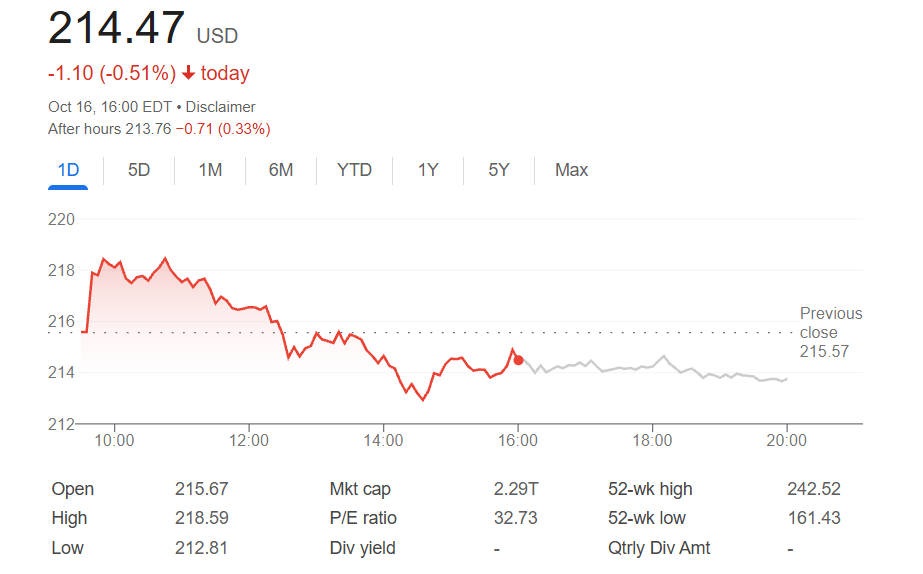
Scenario framing
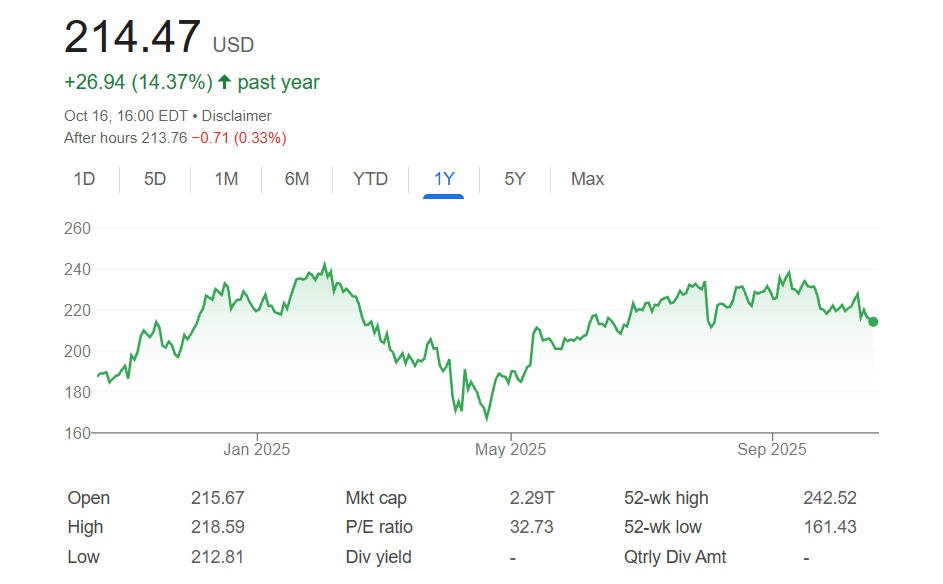
Bull case: AWS expansion accelerates, advertising monetisation outperforms, and multiple re-rating occurs — significant upside to price targets.
Base case: steady AWS growth (~mid-teens), advertising growth persists, retail stabilises — gradual appreciation to consensus targets.
Bear case: AWS growth slows meaningfully, regulatory or margin pressure compresses multiples — downside risk to current price.
Practical investment strategies — when and how to buy Amazon
1. Long-term buy (core allocation)
Suitable for investors who believe in Amazon's multi-year secular growth in cloud, advertising and retail. Consider a modest position gradually increased via dollar-cost averaging to mitigate timing risk.
2. Tactical entry (opportunistic)
Use pullbacks to technical support or buy on confirmed acceleration in AWS or margins. Avoid concentrating more than your risk tolerance allows.
3. Position sizing and risk management
Size positions as part of a diversified tech and consumer portfolio; maintain stop-loss or re-evaluation triggers tied to key metrics (AWS growth rate deterioration, margin contraction, regulatory rulings).
4. Monitoring checklist post-purchase
AWS revenue growth and operating margin; advertising revenue growth; free cash flow and capex trends; guidance provided in quarterly calls (next scheduled Q3 2025 results: 30 Oct 2025).
Frequently Asked Questions
Q1 — What drives Amazon's future returns?
AWS growth, advertising expansion, and e-commerce efficiency are the primary drivers.
Q2 — How does Amazon compare with Microsoft and Alphabet?
Amazon trades at similar enterprise multiples but differs in segment mix and growth profile.
Q3 — What key metrics should investors watch?
AWS revenue and margins, advertising growth, free cash flow, capex, and Prime membership trends.
Q4 — Can Amazon's stock fall despite strong fundamentals?
Yes — multiples can compress due to market sentiment, macro shocks, or regulatory news.
Conclusion
Amazon is a high-quality growth stock, anchored by AWS, advertising, and e-commerce, with significant upside if AI adoption and cloud expansion continue. While current valuations factor in much of this potential, the long-term investment case remains compelling for patient investors.
Long-term investors can consider a measured buy or staged accumulation, while short-term or valuation-sensitive investors may wait for clearer signs of margin expansion or a technical pullback. Position size should reflect your risk tolerance and portfolio strategy.
Sources:
[1]https://ir.aboutamazon.com/news-release/news-release-details/2025/Amazon-com-Announces-Second-Quarter-Results/
Disclaimer: This material is for general information purposes only and is not intended as (and should not be considered to be) financial, investment or other advice on which reliance should be placed. No opinion given in the material constitutes a recommendation by EBC or the author that any particular investment, security, transaction or investment strategy is suitable for any specific person.
















